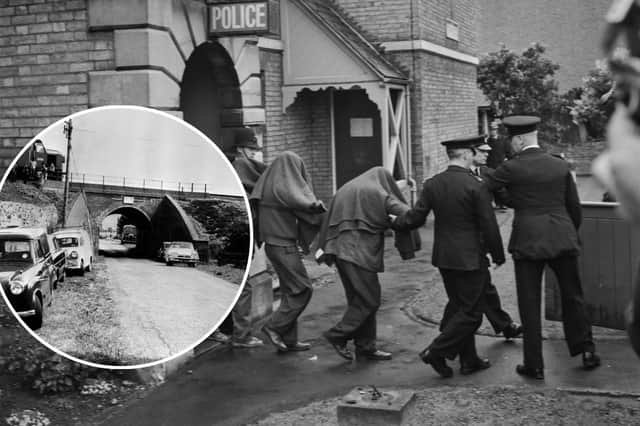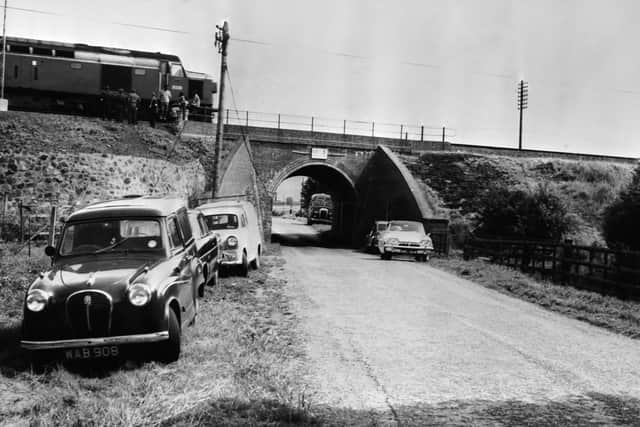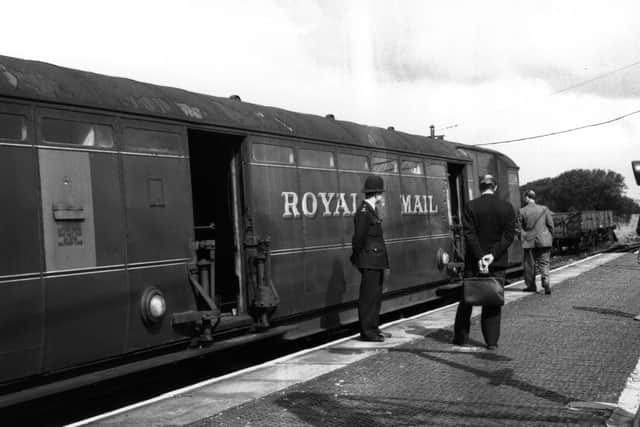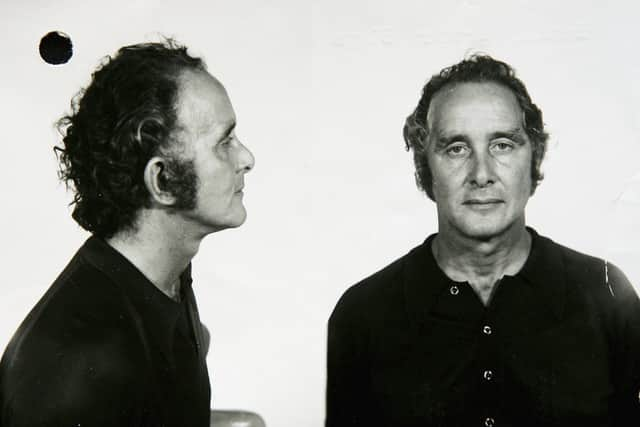The Great Train Robbery 60 years on - what actually happened and where are the robbers now?


A major crime that took place 60 years ago is still a source of mystery in a tale that spans many decades. On August 8, 1963, the Great Train Robbery took place in a little-known area of Buckinghamshire.
A gang of 15 men robbed a Royal Mail train enroute from Glasgow to London and stole an amount of around £2.61 million - or more than £60 million in its value today.
Advertisement
Hide AdAdvertisement
Hide AdIn the dead of the night, the gang had tampered with signals in a carefully planned heist to bring a Royal Mail train to a stop at Bridego Railway Bridge where they took their loot.
It's a crime that has been a major talking point ever since - and even led to fascinating tales of one man associated with the crime escaping from prison and living on the run for nearly 40 years.
We take a look back at the famous crime.


What happened?
The money stolen was mostly in the form of bank notes onboard the train.
The 15 men hid their identities with helmets, ski masks, and gloves, and were helped by two accomplices - one being an insider who informed the gang of the train's schedule and cargo. The identity of this man still remains a mystery.
Advertisement
Hide AdAdvertisement
Hide AdAfter the crime, the gang escaped to their previously agreed country hideaway - Leatherside Farm, Buckinghamshire
The man who led the gang in the crime was Bruce Reynolds - a known burglar and armed robber.
The train was stopped just after 3am on August 8 after the driver, Jack Mills saw a red signal. The signal was false and activated by a six-volt battery being attached by the gang.


Doing his job, Mills brought the train to a stop where his co-drover realised the phone line had been cut.
Advertisement
Hide AdAdvertisement
Hide AdIt was here that the robbers then emerged, climbed onto the train and hit the driver around the head with a metal pole.
The train was driven by one of the criminals about a mile further to Bridego Bridge where it could be unloaded more easily.
The robbers formed a human chain to remove Royal Mail sacks onboard. In total. 120 mailbags were taken by Land Rovers to their farm hideaway, where they divided the loot - according to British Transport police.
A neighbour became concerned with the activity at the farm and contacted the police to investigate. Large amounts of food were found along with sleeping bags, bank note wrappers, and mail packages.
The aftermath
Advertisement
Hide AdAdvertisement
Hide AdOut of the accomplices,12 of the 15 robbers were caught, convicted, and sent to prison for a total of 307 years. The ringleaders were sentenced to 30 years but none of the gang members served more than 13 years.
Despite the vast sums of money stolen, none of the criminals here were able to enjoy their illegally attained spoils.
For example, it is well-known that after serving time, one gang member - Buster Edwards - ended up running a flower stall at Waterloo Station before taking his own life in the 1980s.


Ringleader Bruce Reynolds spent five years on the run before he was sentenced in 1969 to 25 tears. After his release in 1978, he wrote three books and joined a band.
Advertisement
Hide AdAdvertisement
Hide AdJames Hussey and Thomas Wisbey were both convicted in 1989 for drug trafficking and another member, Charles Wilson, was shot and killed in Spain on his doorstep in 1990.
But one member, Ronnie Biggs, escaped from Wandsworth prison in 1965, had his face altered by plastic surgery, and fled first to Paris, then to Australia, and finally to Brazil.
In 2001, he returned to the United Kingdom and was re-arrested. He was let out in 2009 on compassionate grounds and died in a care home in 2013.
Comment Guidelines
National World encourages reader discussion on our stories. User feedback, insights and back-and-forth exchanges add a rich layer of context to reporting. Please review our Community Guidelines before commenting.
